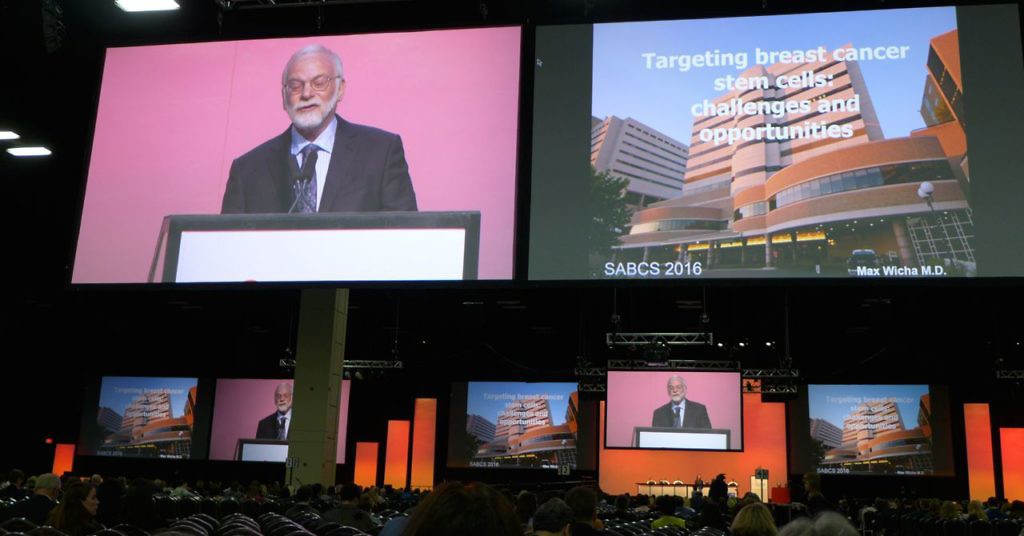The Therapeutic Index Dilemma
This is a story about how smart engineering and protocol innovation are reshaping T cell engager (TCE) – and potentially also antibody-drug conjugate (ADC) development.

To mask or not?
TCEs promised to bring the power of immunotherapy to solid tumours, but the story hasn’t been straightforward so far.
Despite compelling biology and mechanistic rationale, many promising agents have repeatedly stumbled over the same obstacle: a painfully narrow therapeutic window.
The culprit?
On-target/off-tumour effects triggering severe cytokine release and limiting dosing before efficacy can be fully realised. What if the solution wasn’t abandoning these targets altogether, but instead rethinking how we approach them?
Recent innovations in the HER2 space reveal three distinct strategies – clever sequencing protocols, avidity-driven engineering, and sophisticated masking approaches – which may finally crack this stubborn problem. The implications extend far beyond HER2 and could reshape development across multiple modalities, including ADCs.
For biotech strategists, the lessons here also challenge conventional portfolio wisdom about ‘over crowded targets’ and offer a roadmap for rescuing programs once deemed too toxic to pursue…
To continue reading our latest highlights on oncology new product development including commentary and analysis BSB subscribers can log-in or you can click to access the content.
This content is restricted to subscribers
 Amid a wave of bullish investor enthusiasm for the Summit and BioNTech PD(L)1x VEGF bispecifics plus a raft of topo-I ADCs from China, the risks underpinning this rallying cry have been pushed to the shadows.
Amid a wave of bullish investor enthusiasm for the Summit and BioNTech PD(L)1x VEGF bispecifics plus a raft of topo-I ADCs from China, the risks underpinning this rallying cry have been pushed to the shadows. A conference can be like watching the Tour de France (TdF) which ends this weekend. If you’re standing on the route, you wait a long time for it to come along and then the peloton passes by in a flash. We experienced this in London back in 2014, where there was only a brief moment of time to capture the memory.
A conference can be like watching the Tour de France (TdF) which ends this weekend. If you’re standing on the route, you wait a long time for it to come along and then the peloton passes by in a flash. We experienced this in London back in 2014, where there was only a brief moment of time to capture the memory. This weekend in the oncology conference calendar saw the ESMO Breast meeting take place.
This weekend in the oncology conference calendar saw the ESMO Breast meeting take place.

 We’re kicking off the first in a mini-series of expert interviews from the 2016 San Antonio Breast Cancer Symposium #SABCS16 with a leading researcher who has discovered a
We’re kicking off the first in a mini-series of expert interviews from the 2016 San Antonio Breast Cancer Symposium #SABCS16 with a leading researcher who has discovered a